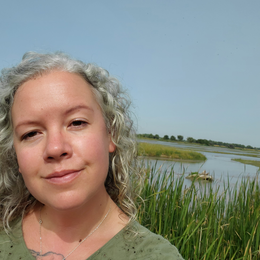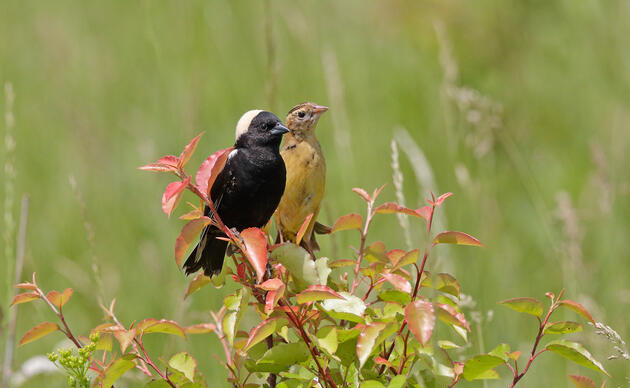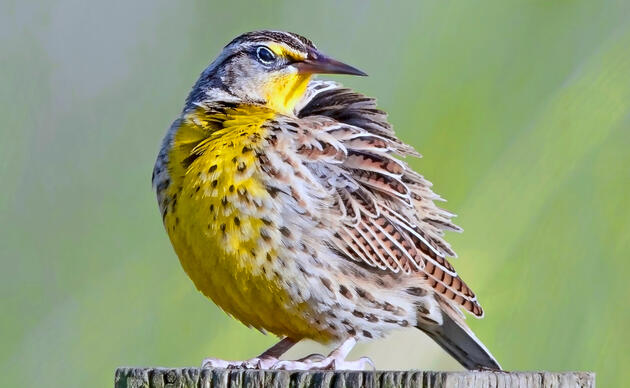In January 2021, the State of Nebraska resurfaced plans outlined in a 100-year-old agreement that allows Nebraska to build a new canal to divert water from the South Platte River in Colorado and carry it east across the state line. This announcement sparked many questions in both states. What would be the impacts to the birds, wildlife, and the ecosystem along the South Platte that depend on this water?
To answer these questions in light of both current and future projects, Audubon began conversations with those who know best – the people who are doing conservation work on-the-ground along the South Platte River in northeast Colorado and western Nebraska. Through discussions, conservation staff on both sides of the state line recognized that we not only share curiosity about how conservation work and water policy differ from one state to the next, but that increased coordination between partners is necessary to protect how the South Platte functions and the benefits it provides to wildlife that don’t recognize political boundaries.
Inquisitive participants from both Colorado and Nebraska got together in the Sterling, CO, area at the end of April to continue building partnerships and shared understanding around the South Platte River ecosystem. Those who attended the “South Platte Knowledge Exchange” visited key sites along the River and heard from area experts about how water management combined with habitat restoration along the South Platte is supporting numerous demands.
Over the 2-day event, partners saw the infrastructure already in place along the South Platte that diverts and re-times streamflow – artifacts still in place after over a century of redirecting streamflow as additional human needs arose. These modifications to the Basin’s hydrology have had obvious impacts on the surrounding ecosystem, and the group also toured sites where conservation partners have utilized restoration and water management techniques to mimic more natural processes on the landscape. At the forefront are the wetland areas that partners have built and restored to provide habitat and energy for migrating waterfowl.
The South Platte River is already a highly managed system – it is estimated that water in this river is used 6 to 7 times over before it crosses into Nebraska – benefiting communities, industry, agriculture, and habitat along its route. As future proposals arise to store and divert additional streamflow, and as climate change continues to alter when and how much water is available, conservation partners will need to work together to ensure that the ecological integrity of the South Platte River, both upstream and downstream from the state line, are preserved.




